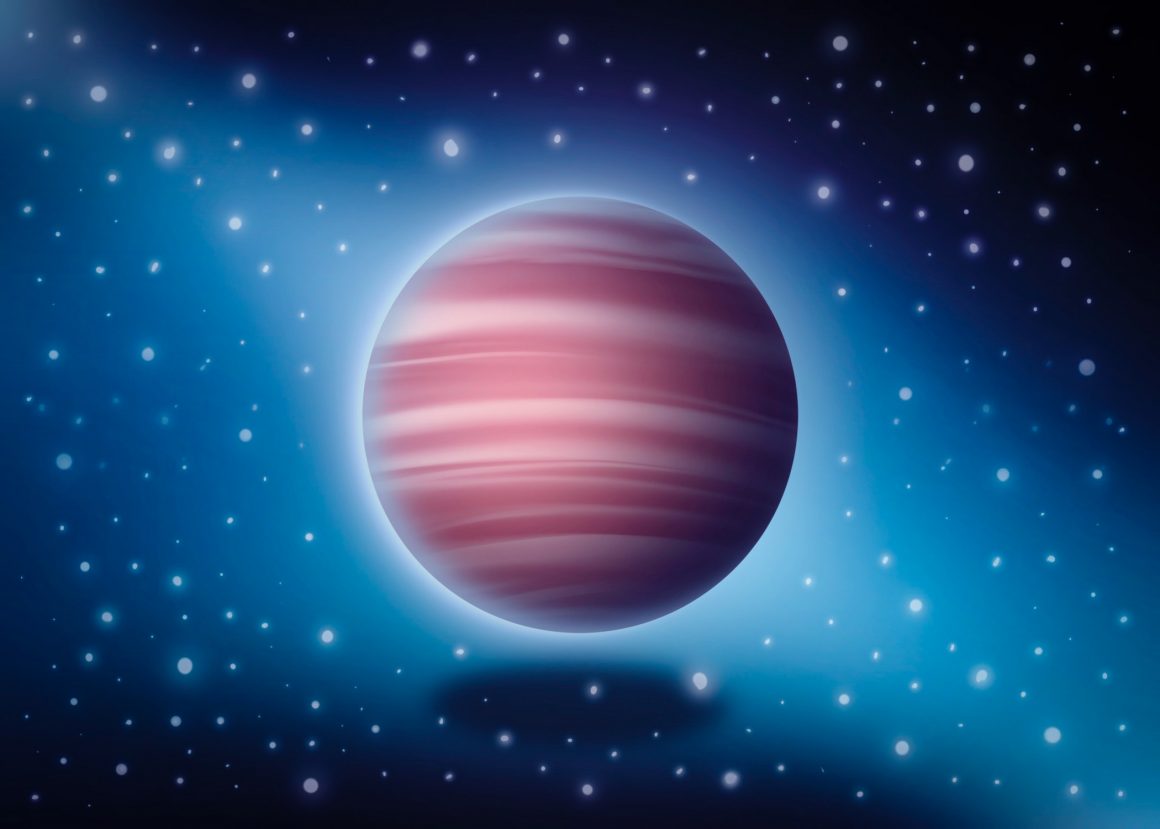
A shiny exoplanet was holding onto its enigmatic status, now it’s full steam ahead
By Leonie O’Sullivan, June 29 2023—
The James Webb Space Telescope (JWST) has brought us closer to understanding GJ 1214b, a mysterious shiny planet which has been stumping researchers since its discovery in 2009.
GJ 1214b is an exoplanet — exoplanets are located outside our solar system. It orbits a dwarf star that is relatively close, just 48 light years away from our sun. Up until now the characteristics of this exoplanet were unclear. How hot is this exoplanet? What is the atmosphere composed of? Why is GJ 1214b so shiny? With many questions remaining, the JWST was a new hope for researchers.
The JWST is the largest optical telescope in space — so powerful it can see what the universe looked like a quarter of a billion years after the Big Bang. This brilliant technology arose from a collaboration between NASA, the European Space Agency (ESA) and the Canadian Space Agency (CSA). On December 25, 2021, at 5:20 a.m. MST, this incredible state-of-the-art telescope was launched into space and on July 12, 2022, it started collecting its first images, unveiling secrets of the cosmos.
Why couldn’t earlier telescopes, such as the Hubble, uncover more about this planet? The main reason is that GJ 1214b has a thick blanket of clouds or haze surrounding it. This made it extremely difficult to observe the atmosphere of this planet — until now.
The JWST can detect infrared (IR) light, or more simply heat emissions. The lead author of this study, Professor Eliza Kempton from the University of Maryland, turned to the JWST to learn more about GJ 1214b. The telescope was used to collect IR data from this exoplanet during the orbit of its star. One orbit takes less than 38 hours — they collected data for 41 hours; two hours before the predicted time of a secondary eclipse, when the planet would pass behind its star, and 1.1 hours after the last eclipse of the orbit.
With this data, the researchers found that GJ 1214b has a bond albedo of approximately 0.51. This means that 51 per cent of the starlight that shines on this exoplanet is reflected, making it a shiny planet. Most planets’ bond albedo is less than 0.35. Our neighbour Venus is the shiniest planet in our solar system and reflects three quarters of the light it receives. This is due to clouds of sulfuric acid in Venus’ atmosphere. But what makes GJ 1214b so shiny?
The researchers found some evidence for water in the atmosphere, which aligns with the “water world” theory for GJ 1214b. The temperature of this planet was lower than expected, but still far too hot to support life at approximately 280 degrees Celsius during the day. This implies that the planet’s atmosphere would be steamy.
The data collected by the JWST is also consistent with a high metallicity atmosphere — meaning the atmosphere is enriched with elements heavier than hydrogen and helium. The data also detected more tentative evidence for methane and hydrogen cyanide in the atmosphere. High-altitude aerosols in the atmosphere made it difficult to obtain more conclusive results regarding the atmosphere composition. The researchers are just embarking on their exoplanet explorations of GJ 1214b and plan to carry out more work to determine what composition may result in such a reflective haze.
GJ 1214b is turning out to be quite a unique planet, or possibly the first of its kind to be discovered. Its size classifies it as an archetype sub-Neptune. The atmospheres of sub-Neptunes are typically primarily composed of hydrogen or helium, but it looks like GJ 1214b may be a “water world.”
So, it sounds like GJ 1214b would be an ideal date for a magpie — hot, steamy and of course, shiny. To learn more about GJ 1214b and see hypothetical visualizations of this planet and its star, visit the NASAs exoplanet catalogue.
